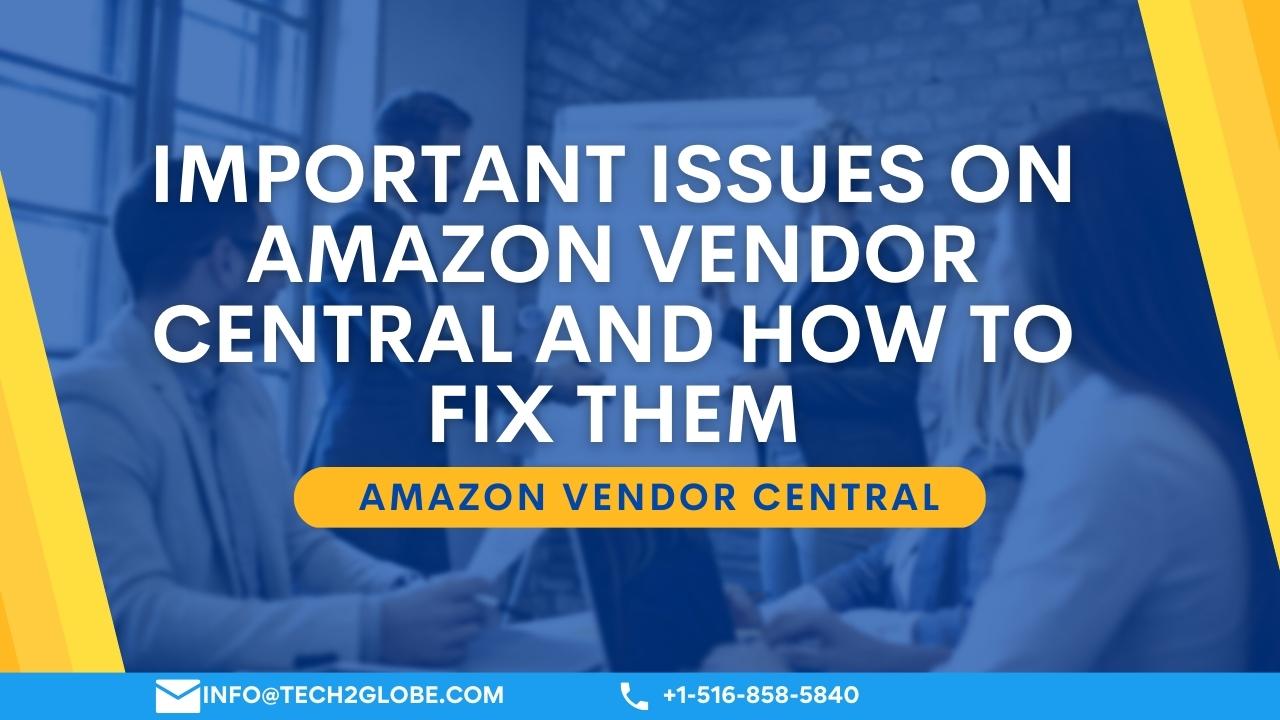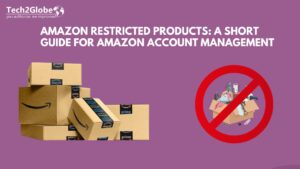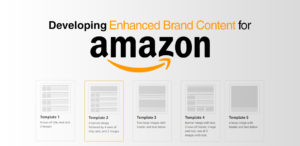Amazon Vendor Central is a fantastic option for suppliers who want to sell these things on Amazon without dealing with brokers. The major reasons brands invited to the Vendor Central platform choose to sell through 1P/Vendor Central are the assurance of regular orders coming directly from Amazon and the perceived credibility of having “Sold by Amazon” on their listings.
Vendor Central does have several shortcomings, though, such as a lack of pricing control and limited marketing advice. This could lead to missed opportunities and financial losses. We list the most frequent problems that Vendor Central brands deal with, offer solutions, and suggest best practices for the future.
Check The List!
1. Opposing Price Rises

Due to supply chain, inflationary, and pandemic implications, protecting your margin is more important than ever. Nevertheless, because Amazon does not accept price changes made through Vendor Central, the request to raise the price of your products is rejected. When you visit Amazon Seller Central, though, you have more control over your price. Also, if you want to work with a reliable third-party vendor, you have the option of haggling with that seller directly to increase pricing in line with the current macroeconomic environment.
2. Concerns About Retail Price Protection

Vendor Central prices are subject to change at Amazon’s discretion, and they periodically deviate from their own policies. Sadly, even if there was a chance of winning the Buy Box, Amazon has a history of breaking minimum advertised price (MAP) rules, and overstock situations can also result in accidental changes. By moving to and selling through Seller Central, these issues can be handled. Whether it’s for an unique ASIN or your entire product line, you’ll reclaim the control and price consistency you need to grow and stay competitive in the market. However it’s important to note that whether you sell through Vendor Central or Seller Central, you should keep a close eye on your listings for price violations and other unethical changes.
3. Many Chargebacks
Chargebacks that are troubling and frequent on things you don’t understand—like poor shrink wrapping, inaccurate product labelling, or an illegible UPC/SKU—are all too often when using Vendor Central. Moreover, Amazon has the right to charge you for unforeseeable events like missing carrier pickups. All Amazon sellers want to increase their sales, but these fees may progressively cut into your profit. If you decide to transfer to Seller Central, pick a respected Amazon seller and agency that doesn’t engage in chargebacks.
4. Poor Response/Communication
Companies using Amazon Vendor Central must contact Amazon Seller Help when they run into problems, which can be time-consuming and difficult to handle on your own. Also, if your sales are below a particular amount established by Amazon, you will not have access to a Vendor Manager. This can make it exceedingly challenging to handle and quickly resolve both significant and minor issues. One of the advantages of partnering with a credible Amazon agency that has open lines of communication with Amazon employees and a whole team dedicated to keeping up with case resolution is that maintaining your brand demands constant access to actual people.
To Conclude With This
Tech2Globe has the best Amazon Vendor central consultant team and you can contact their team to get the best advice right now!










